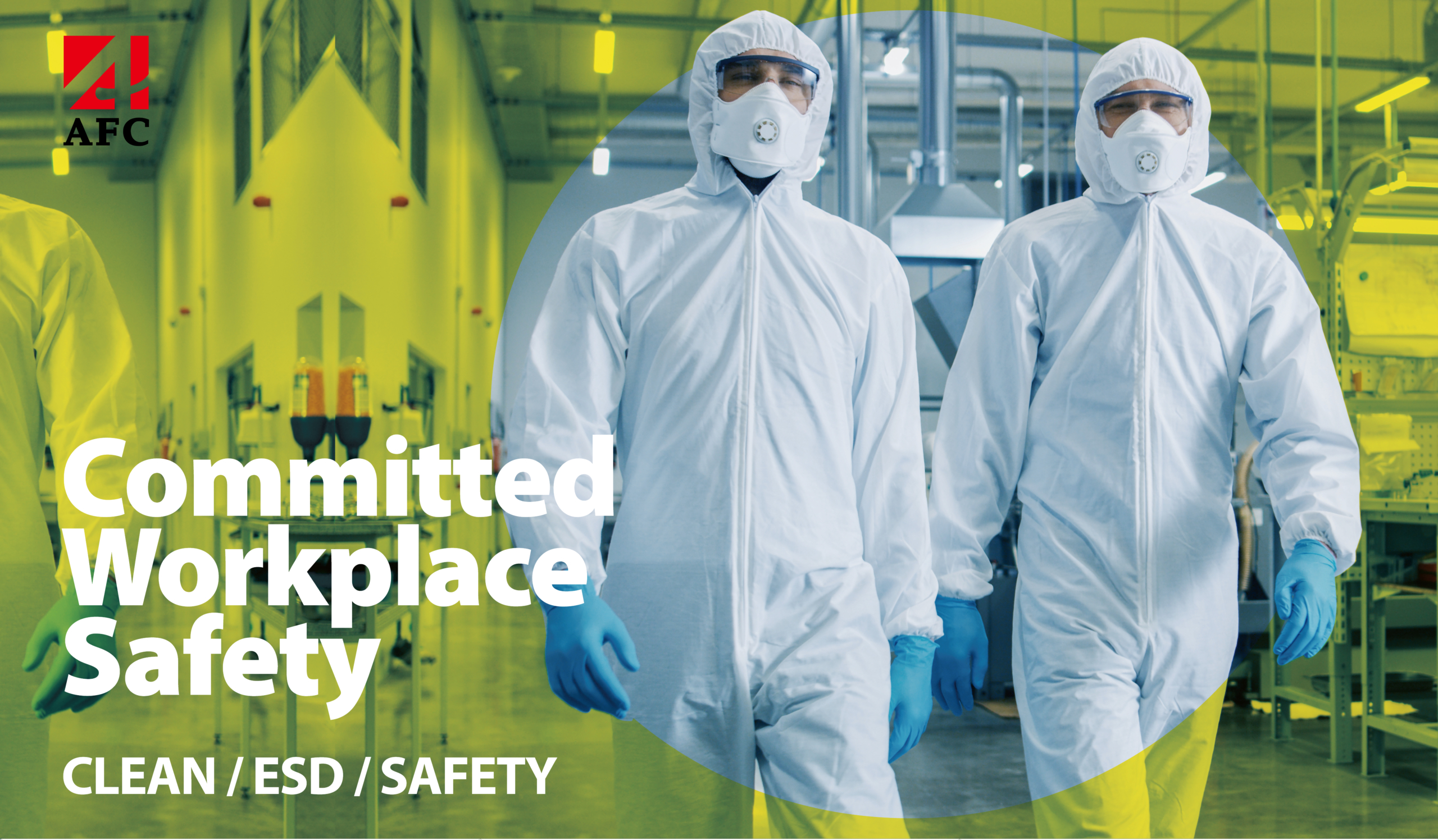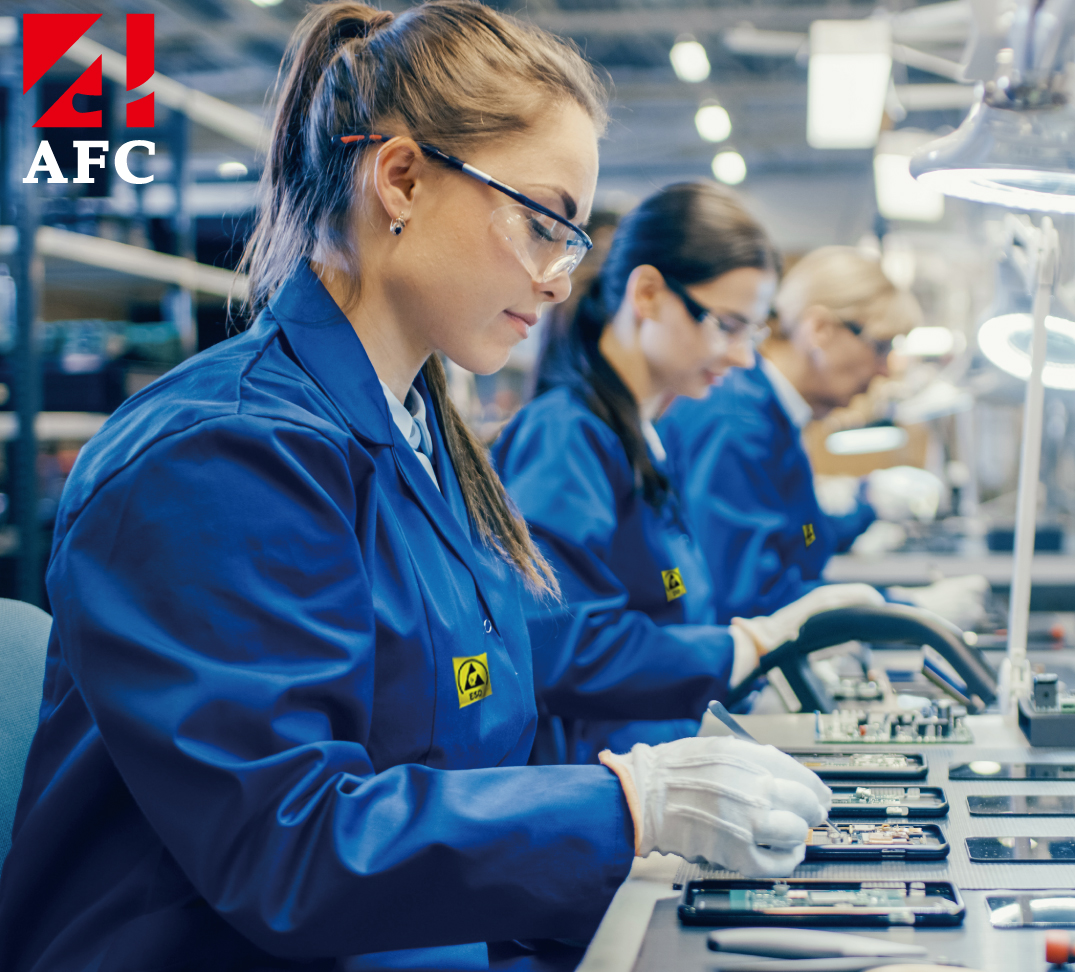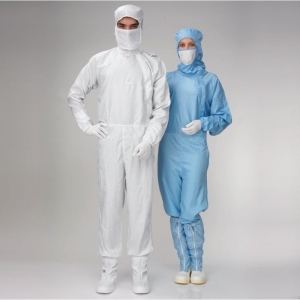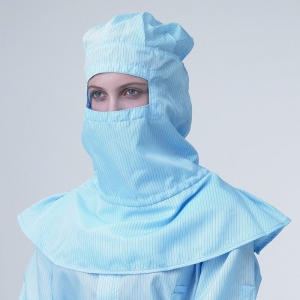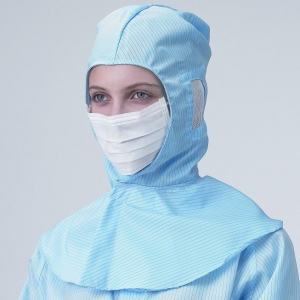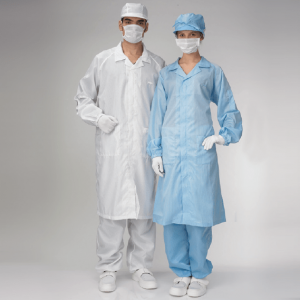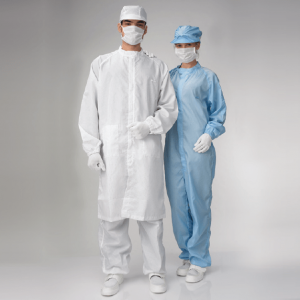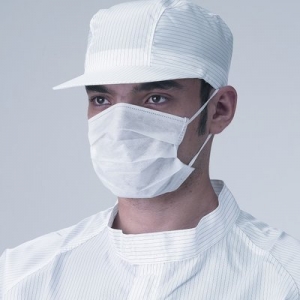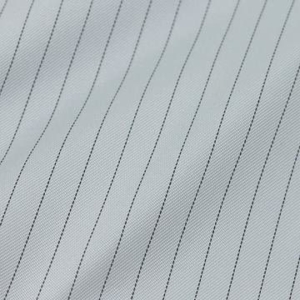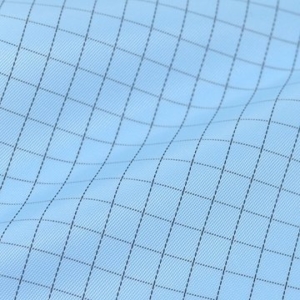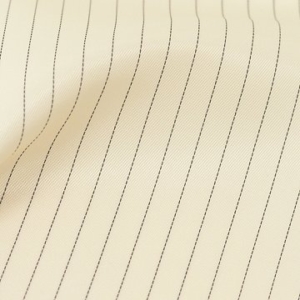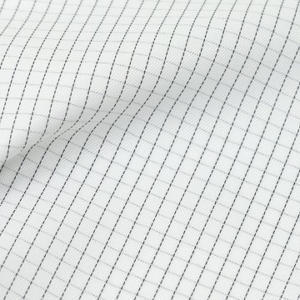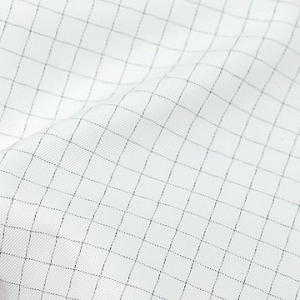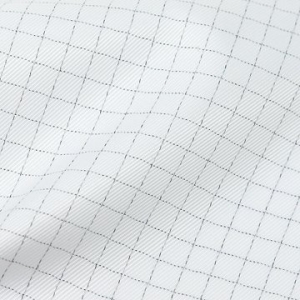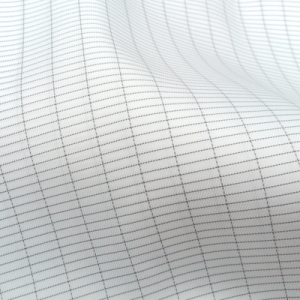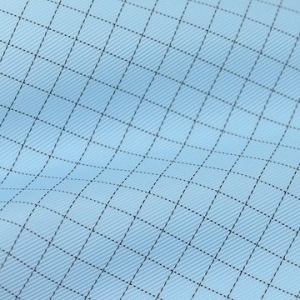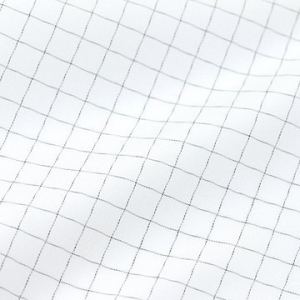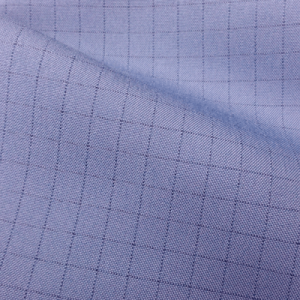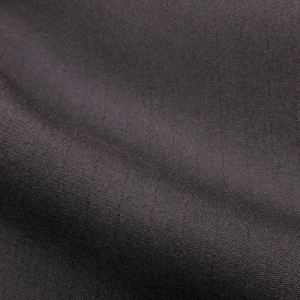無塵服微塵過濾以及抗靜電特性的重要性
Keywords- contamination, cleanroom supplies, cleanroom, clothes
Utilised across various different industries, including biotech, microelectronics and life sciences, cleanrooms are essential to scientific research. As these rooms are designed to maintain low levels of contaminating particles, like dust and airborne organisms, it is important that any attire used in cleanrooms also prevents unnecessary contamination. In order to maintain a neutral environment, cleanroom clothes need to hold up to certain standards to ensure that they do not pose a contamination risk. Here are the ways that our cleanroom supplies are quality assured and some of the risks that they protect against.
Particle Filtration
Particle filtration is the process by which harmful organisms impact workers by getting through protective clothing. Although we are attempting to reduce waste by introducing reusable garments, the risk of particle filtration with reusable garments only increases with every wash. This is why it is important to rigorously test cleanroom clothes, especially reusable garments.
Cleanroom supplies protect against harmful microbial contamination using material specifically designed and tested to handle this kind of environment. The problem with particle filtration is that particles are usually too small for the human eye to see so cleanroom supplies have to protect its wearer from even invisible matter. Cleanroom supplies made by using our Cleanroom Fabrics are tested to provide sufficient protection to do just that.
Particle filtration can also work vice versa. Another source of contamination in the cleanroom comes from the people wearing the garments themselves. Skin flakes, hair and even perfume can affect the cleanroom environment which is why cleanroom clothing needs to also protect the environment from human contamination. Controlling particles in the air counts towards the overall classification level of the cleanroom itself which is based on the number of particles present per cubic metre. It has been found that the number of particles can drastically increase after the room has been used by personnel which is why cleanroom equipment needs to be effective and protect against particle distribution.
Electrostatic Discharge
Interestingly, electrostatic discharge also poses a serious threat in cleanrooms, especially ones dealing with sensitive equipment or substances such as in labs. Static-generating clothing is able to attract microorganisms and other contaminants. This is why it is essential that cleanroom clothing has electrostatic discharge properties. Our fabric is made to avoid interference with precision electronic elements thanks to the electrostatic dissipation function.
On average, the static electricity generated from just walking across a carpet at relative humidity is 1500-35000 volts which is more than enough to compromise sensitive equipment. This makes static electricity easy to generate but hard to test for and identify. So we have to be able to count on our cleanroom clothing to protect against contaminants that we might not even realise are there.
How we quality assure our cleanroom clothes
Our cleanroom garments are quality assessed to make sure that they work against invisible contaminants like particles and static electricity. This makes our cleanroom clothing a reliable choice. We use only the best materials and vigorously test the final products against possible contaminants including particles and static electricity. Invisible contaminants can be very dangerous and hard to detect which is why we make sure that our garments are fit for purpose.
With our research in innovative fibres, we have invested in the next generation of particle and static resistant clothing ideal for cleanrooms across different industries. We believe that, with contamination risks becoming increasingly more sophisticated and hard to monitor, our cleanroom supplies have to advance to meet new demands. This is why our textiles are trusted across 62 countries and across sectors including sports and medical treatment.

